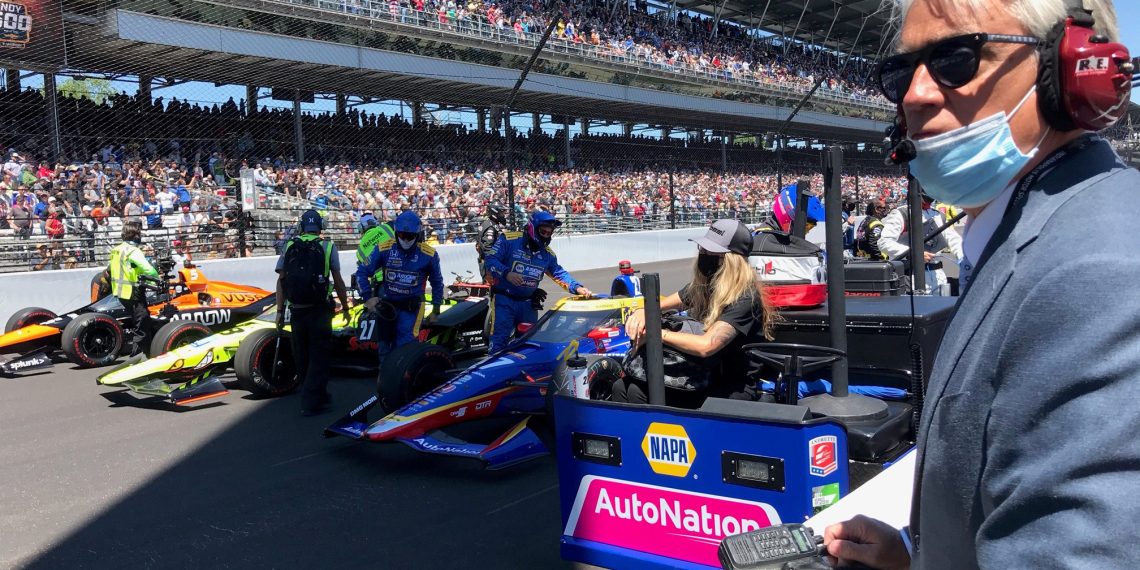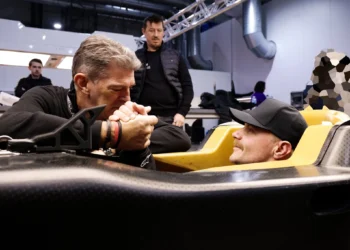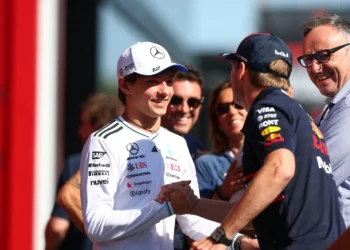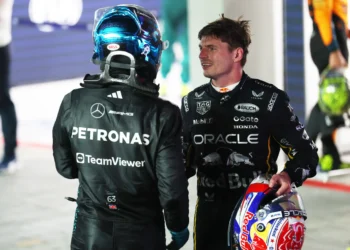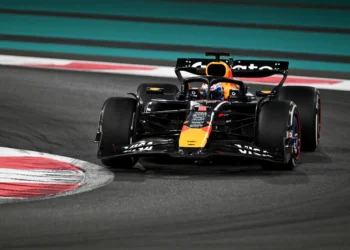Penske Entertainment has made a strategic move by assigning two non-racing executives to spearhead its new car development project, a role typically held by a racing series president and their technical team. Penske Entertainment CEO, Mark Miles, and Rich Shearing, COO of Penske Automotive Group, have been appointed as the new directors overseeing the development of the future chassis and engine formula.
Even though Miles and Shearing lack experience in the technical and engineering aspects of racing, they are backed by the Penske Corporation’s belief in utilizing assets wherever available. This unexpected move follows the recent departure of former IndyCar president, Jay Frye. Frye’s responsibilities have now shifted to new IndyCar president, Doug Boles, who, like his predecessors, does not possess race car design or engineering expertise.
Miles, acknowledging his lack of technical racing experience, emphasized his role as an observer, questioning and involving key stakeholders in the process. He lauded Shearing’s contribution to the team, describing him as a valuable asset with a great background in systems and process development. Shearing’s engineering background and business acumen have made him an effective facilitator in the new car development process.
Despite being a new face in the IndyCar scene, Shearing’s contributions have been recognized and appreciated by team owners. His knowledge of technology and suppliers, coupled with his process development skills, have made him a valuable addition to the team. Shearing’s role, although informal, is significant in shaping the future of IndyCar.
The new leadership is tasked with handling the transition from the current Dallara, which has seen numerous updates over the years. The role of Mark Sibla, the main administrator, becomes critical in keeping the new car project moving and on schedule. Having worked on the project before the leadership change, Sibla has been deeply involved in the recent move towards hybridization.
Engine company Ilmor, co-founded and co-owned by Roger Penske, which produces Chevrolet’s IndyCar engines and manages IndyCar’s spec energy recovery system program, has been a significant contributor to the new car steering group.
Roger Penske, the owner of the series, plays a central role in the decision-making process for the replacement of the DW12 chassis and its successor. Miles highlighted that the decisions would not favor any particular brand, with the goal being to attract additional Original Equipment Manufacturers (OEMs).
Although the upcoming model is often referred to as the ‘2027 car’, most IndyCar insiders anticipate the new formula to be launched not before 2028. Miles acknowledged this possibility, emphasizing the team’s focus on getting it right over meeting specific deadlines. The launch date remains fluid, with the goal of achieving clarity and certainty before its release.

